OLD MAN MAMIYA
September 14, 2022
I’ve been enamored with vintage lens since I began my journey in photography. In fact, I have been using them since they first hailed as modern lens. 😉 My first “vintage” lens was a Minolta MD 50 1.4.
Recently, I watched a splendid video by Kyle McDougall (sourced below) comparing two vintage Pentax lenses with a modern Fujifilm lens. His conclusion: While modern AF lens obviously offer a hosts of advantages, the medium format Pentax lenses performed at a relatively comparable level to the best modern glass. They are also usually far less costly, so it led me down a rabbit trail as I was looking to add a “normal” portrait lens to complement my medium format Fujifilm GF 45 and GF 110. The result was the purchase of a Mamiya Pro A 80/2.8 N/L (leaf shutter) lens.
I then solicited my No. 1 model, my 98-year-old father-in-law, to help me test it out.
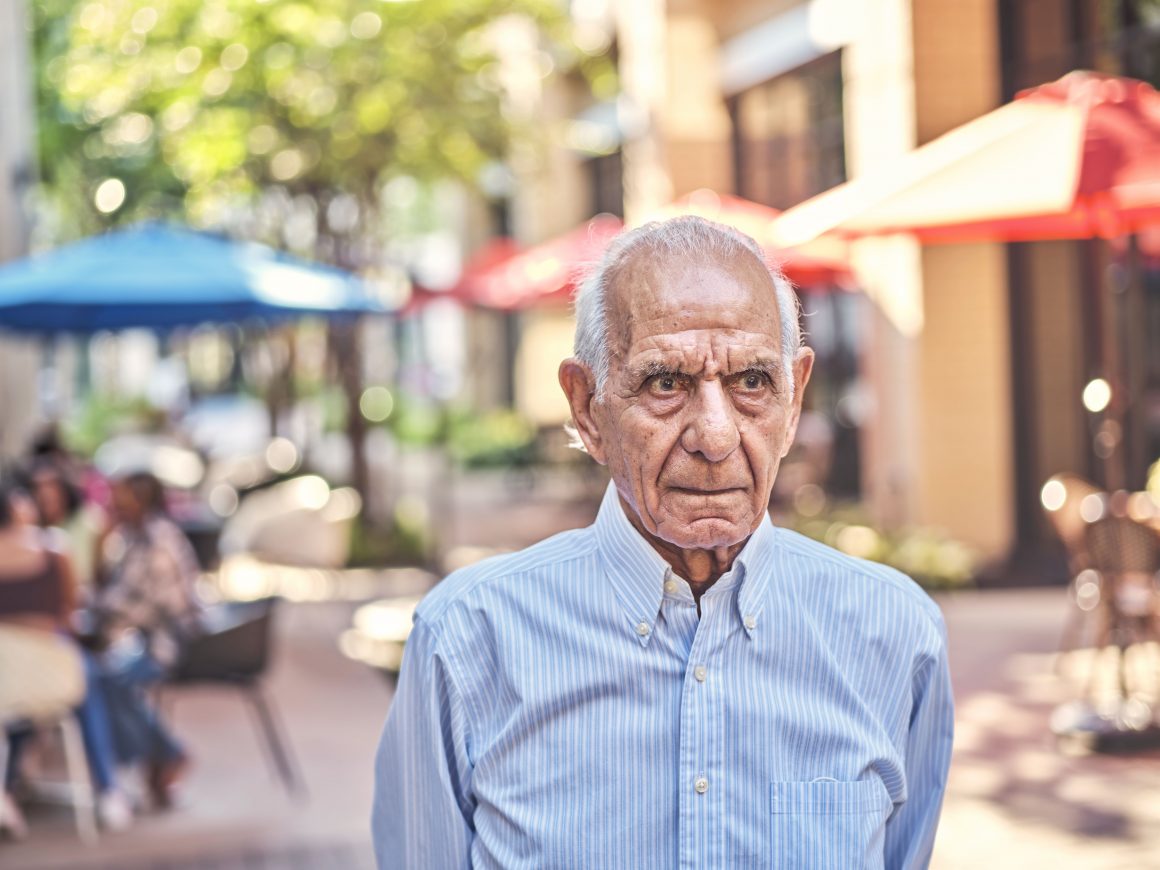
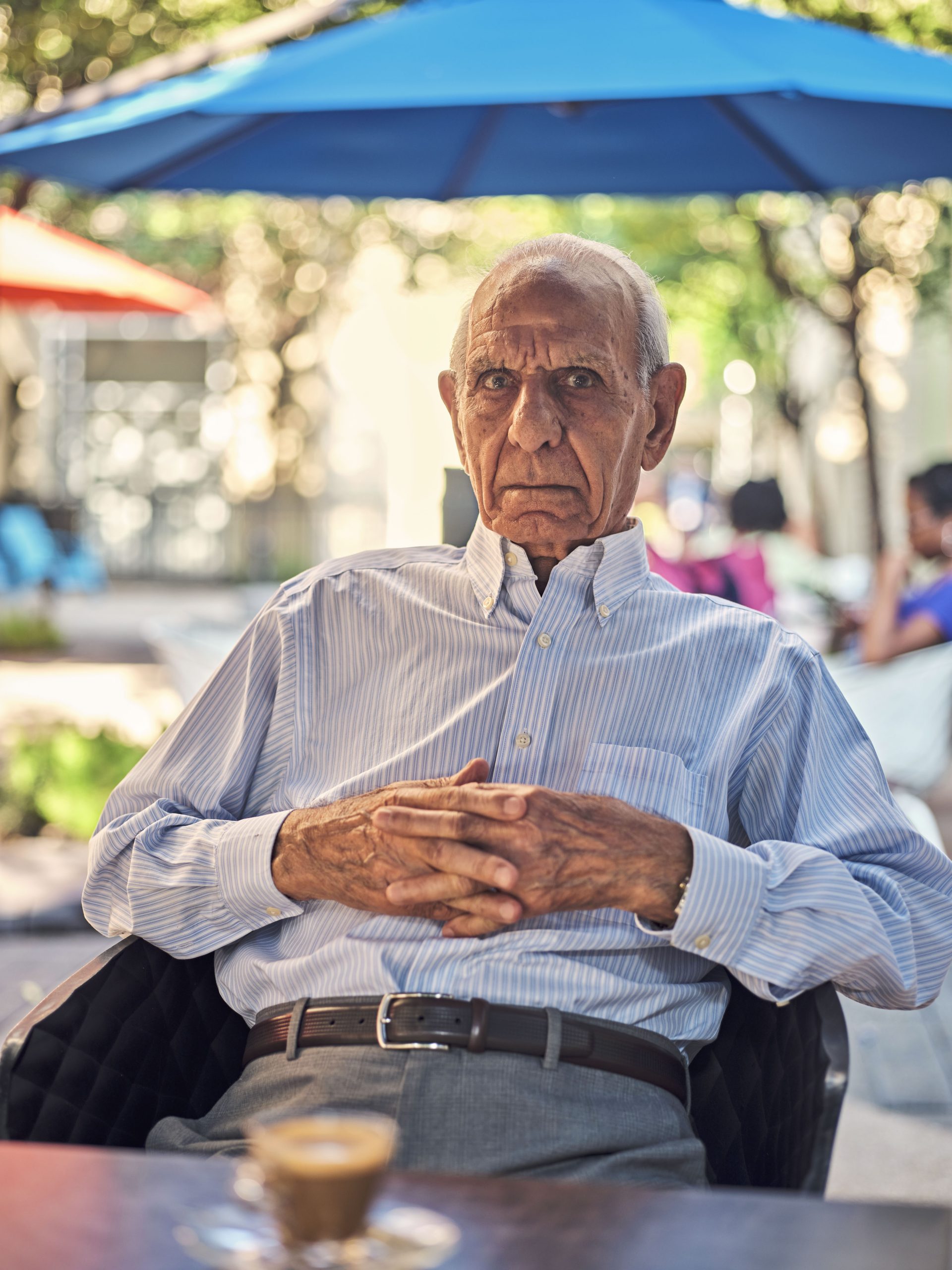

Heck yeah I moved him around… worked him hard. He’s as solid today as he was when he was 39. You know, in a vintage lens sort of way. (No, the espresso was mine… he didn’t want one. He’s a tea drinker so it was a prop.)
I snagged my 2.8 copy for $250 – a far cry from the +$2K Fuji GF 80 1.7. I really wanted a good copy of the Mamiya F1.9 version but was running low on photo-dollars. Figured I’d see what happened first by combining the magnificent Fuji GFX with a proven performer, the Mamiya 80 2.8. Now let’s look at a few more images.


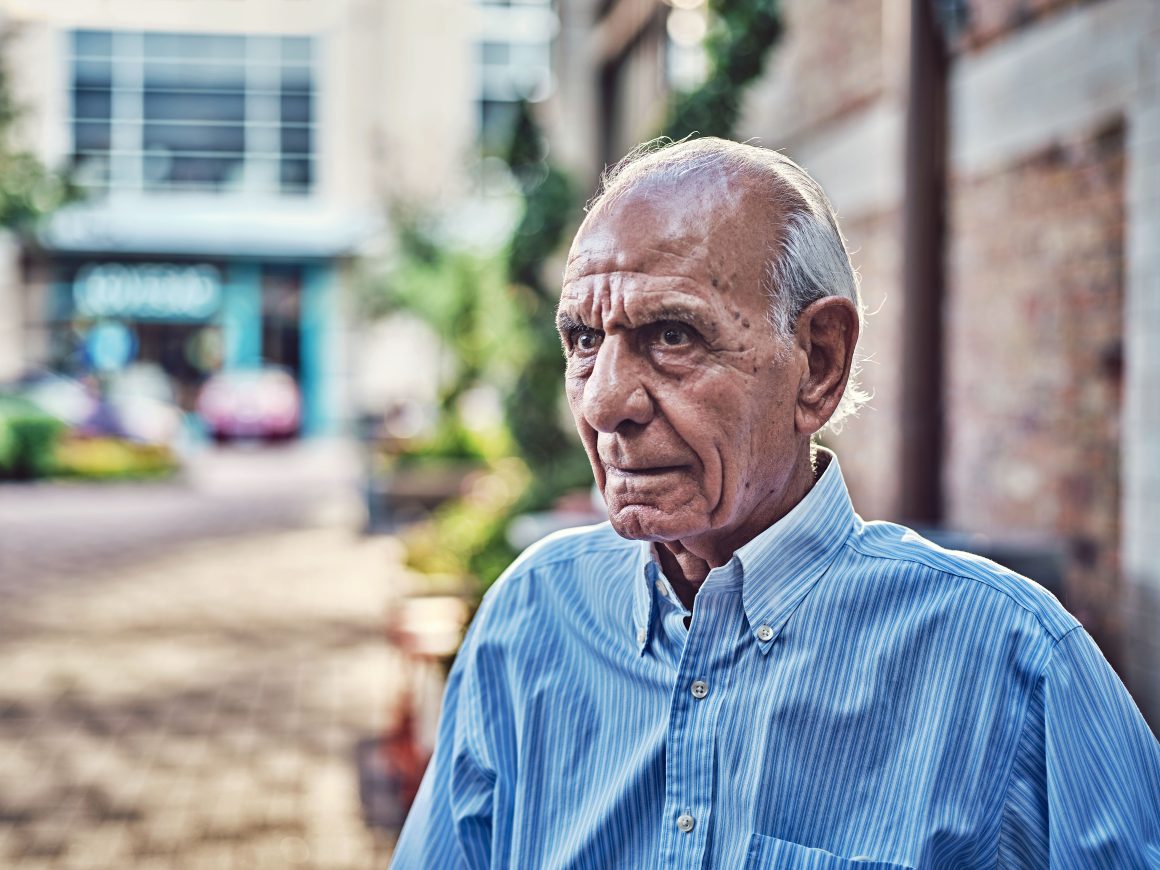
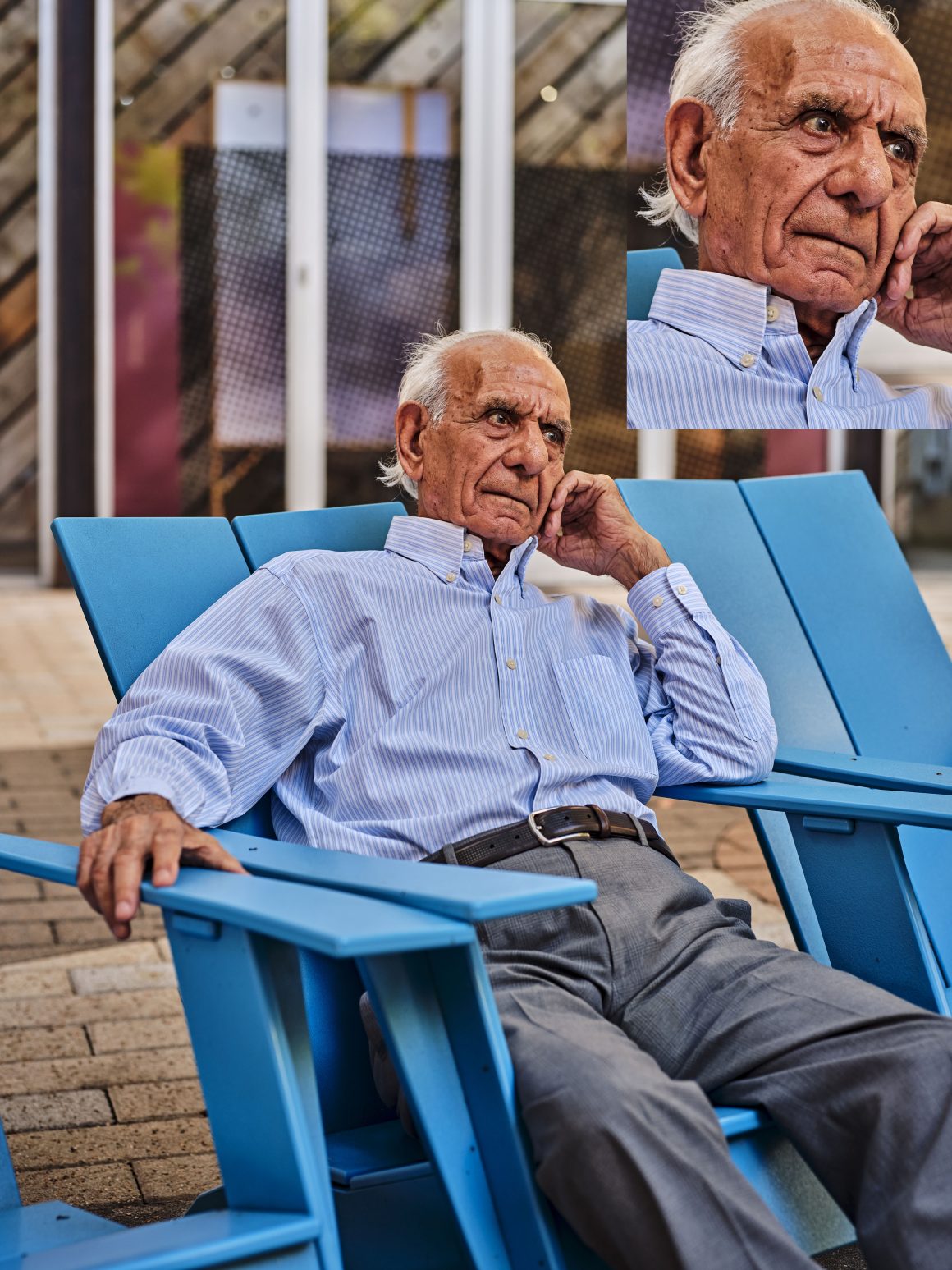
Below is a comparo where I shot at 2.8, 4 and 5.6. I noticed the 5.6 was not as sharp… unfortunately I must have been moving given the 1/80 speed versus shooting at 2.8 and 4 (I was trying not to change ISO).

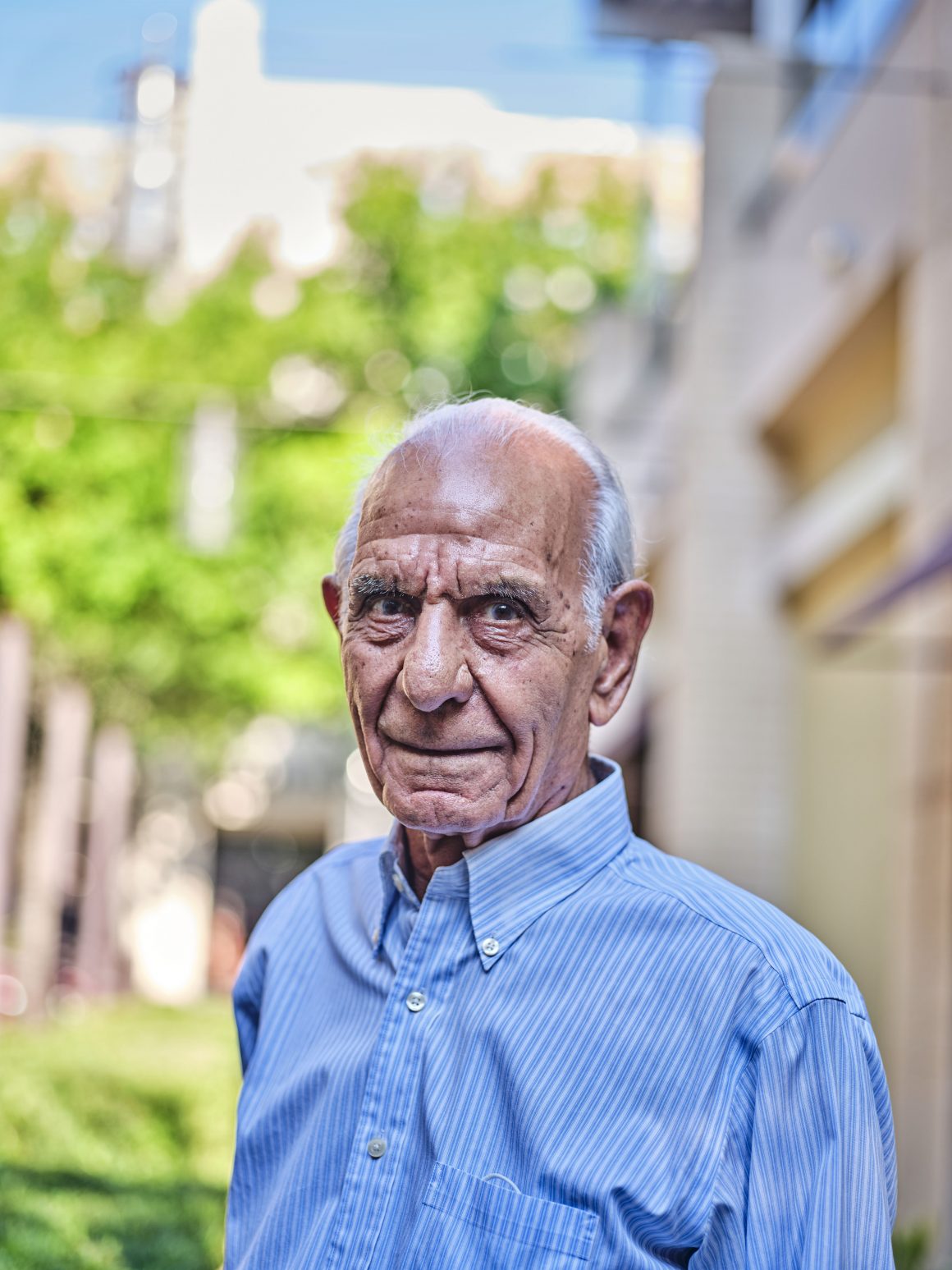
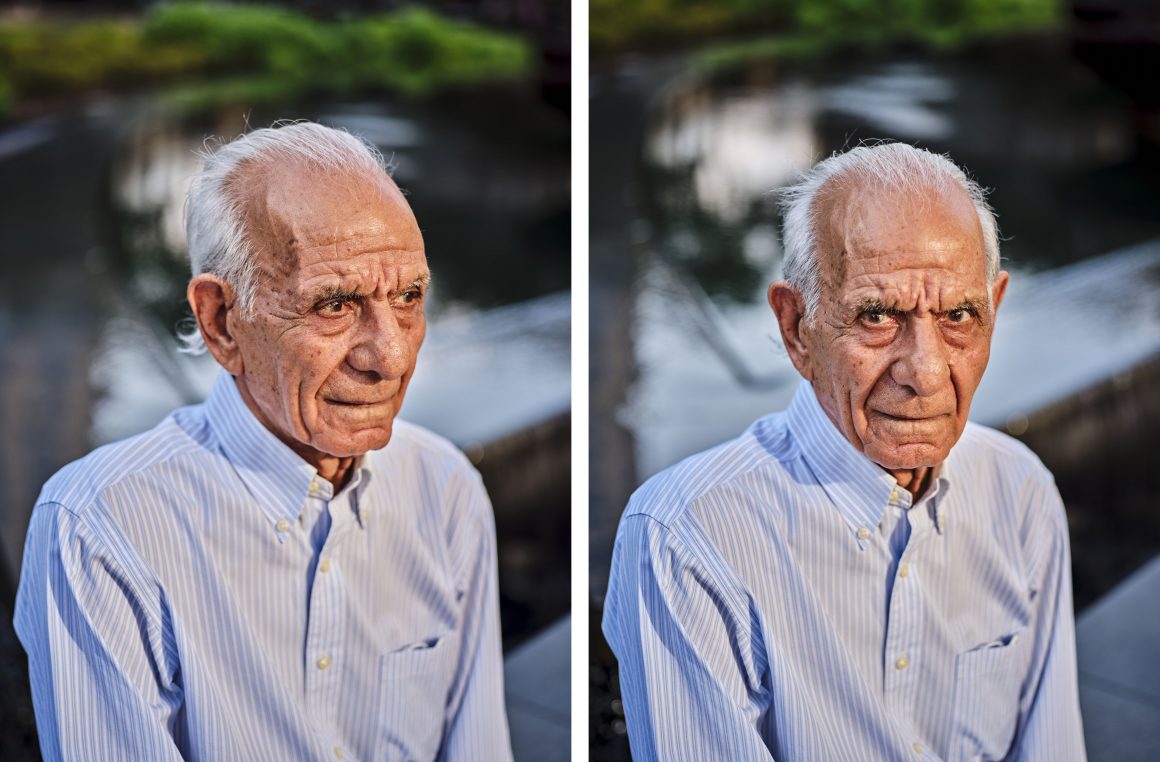
The rendering is fairly timeless and classic in terms of medium format lens. Details in the center are very strong. While the Mamiya was not taken to the moon (like Zeiss and Hassleblad), it has a solid reputation as a primary lens for the superb Mamiya 645 system. The 2.8 version is overshadowed by the 1.9 version which is coveted by many. For me, I was primarily looking for an inexpensive addition for studio portraits. The 80mm translates to 50mm in full frame (your Canon, Leica, Nikon, Sony full frames) but because I’m shooting with a GFX (larger than full frame but smaller than medium format), it looks like it is around 58mm or 60-ish, which is terrific.
My N/L edition actually boasts auto-focus on certain Mamiya bodies, better coatings and an internal leaf shutter, enabling flash synch up to 1/500 second. It appears great for portraits and general purposes. Obviously on my Fuji, I have unlimited glass capabilities but must focus manually.
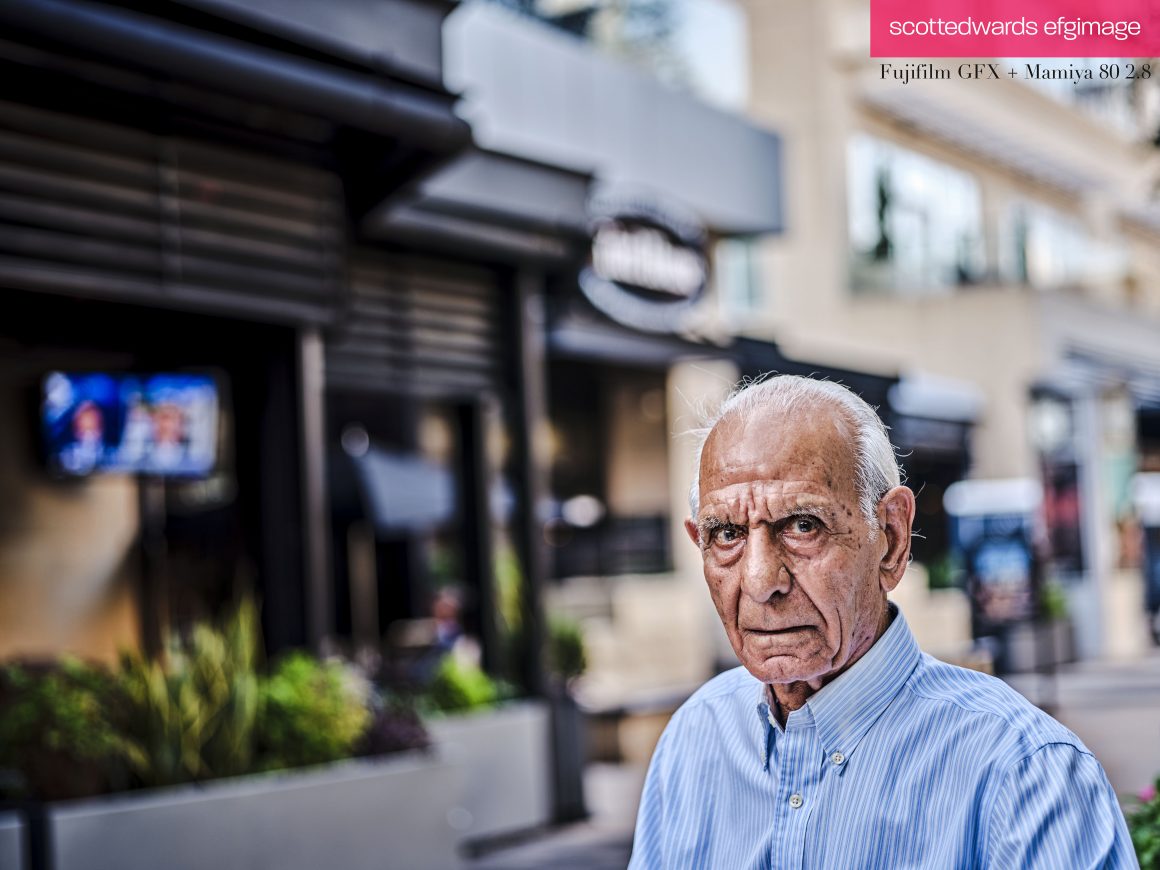
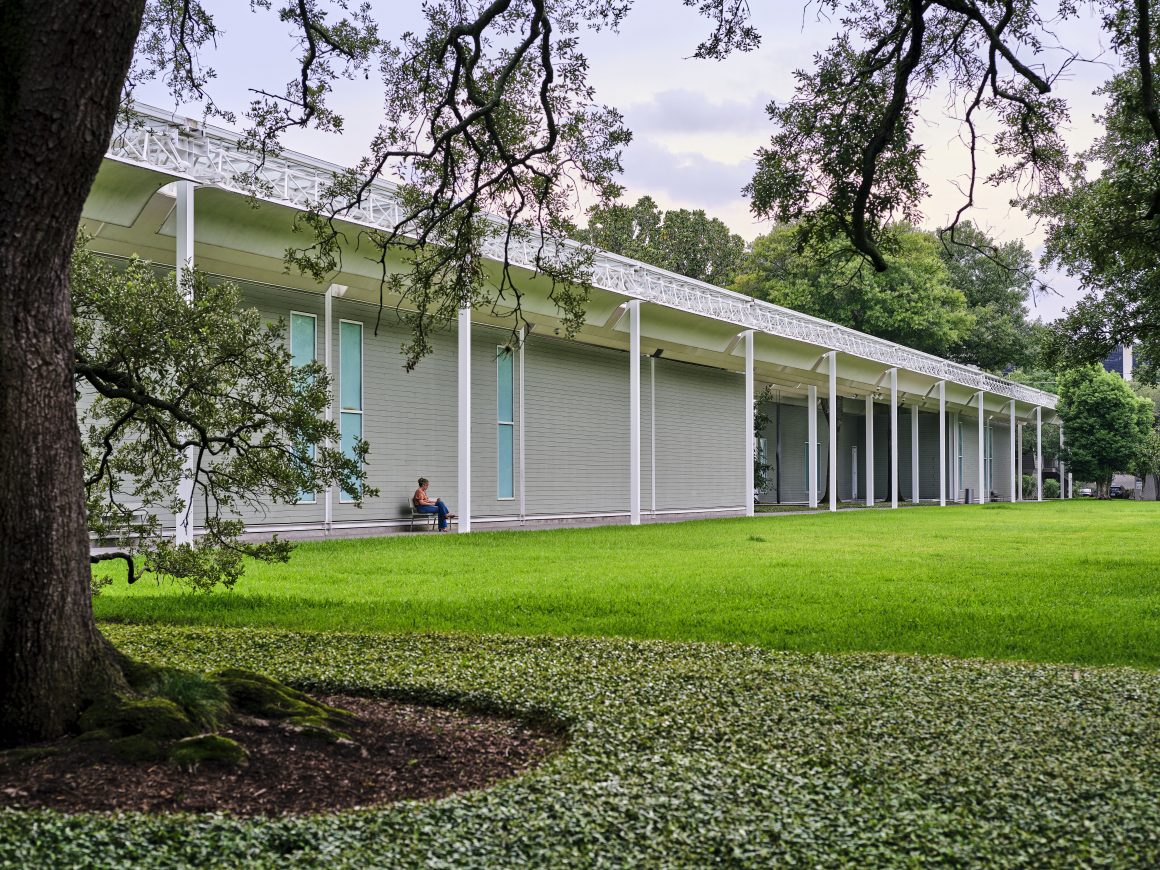
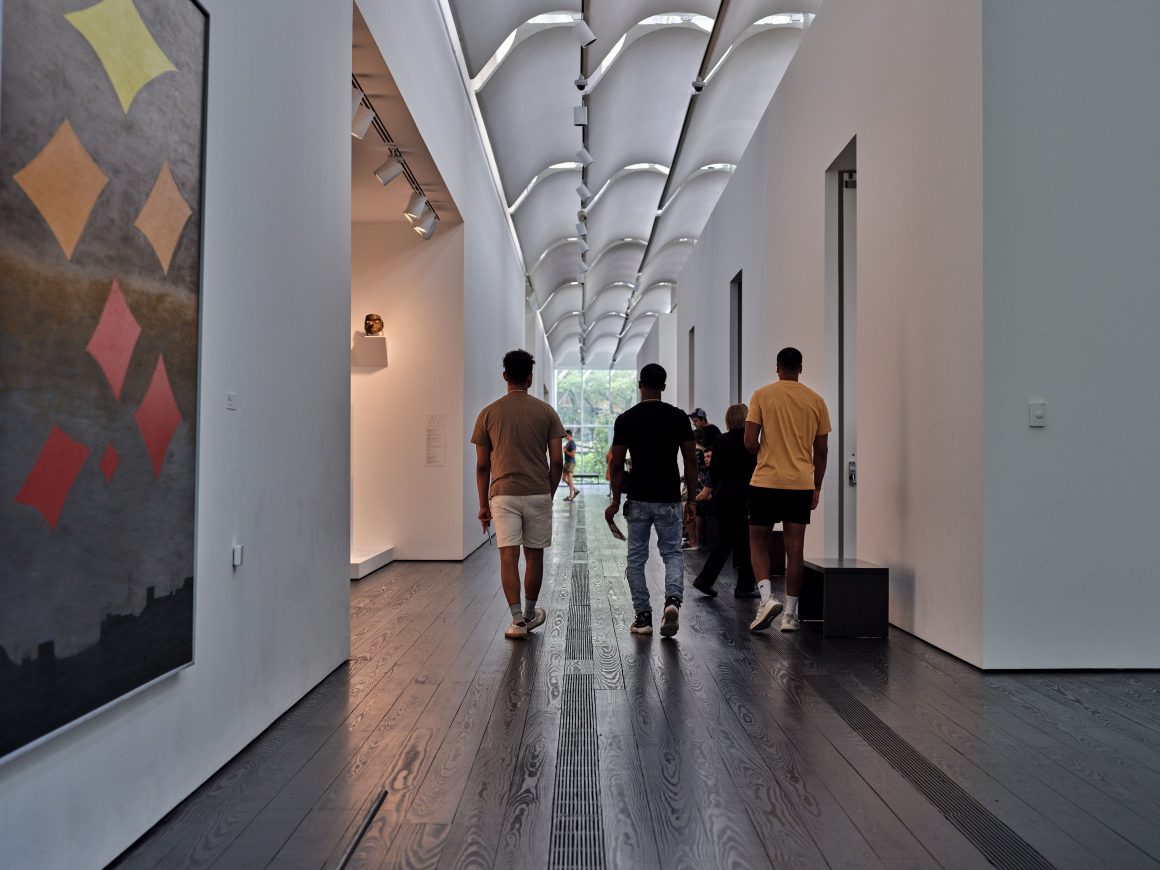
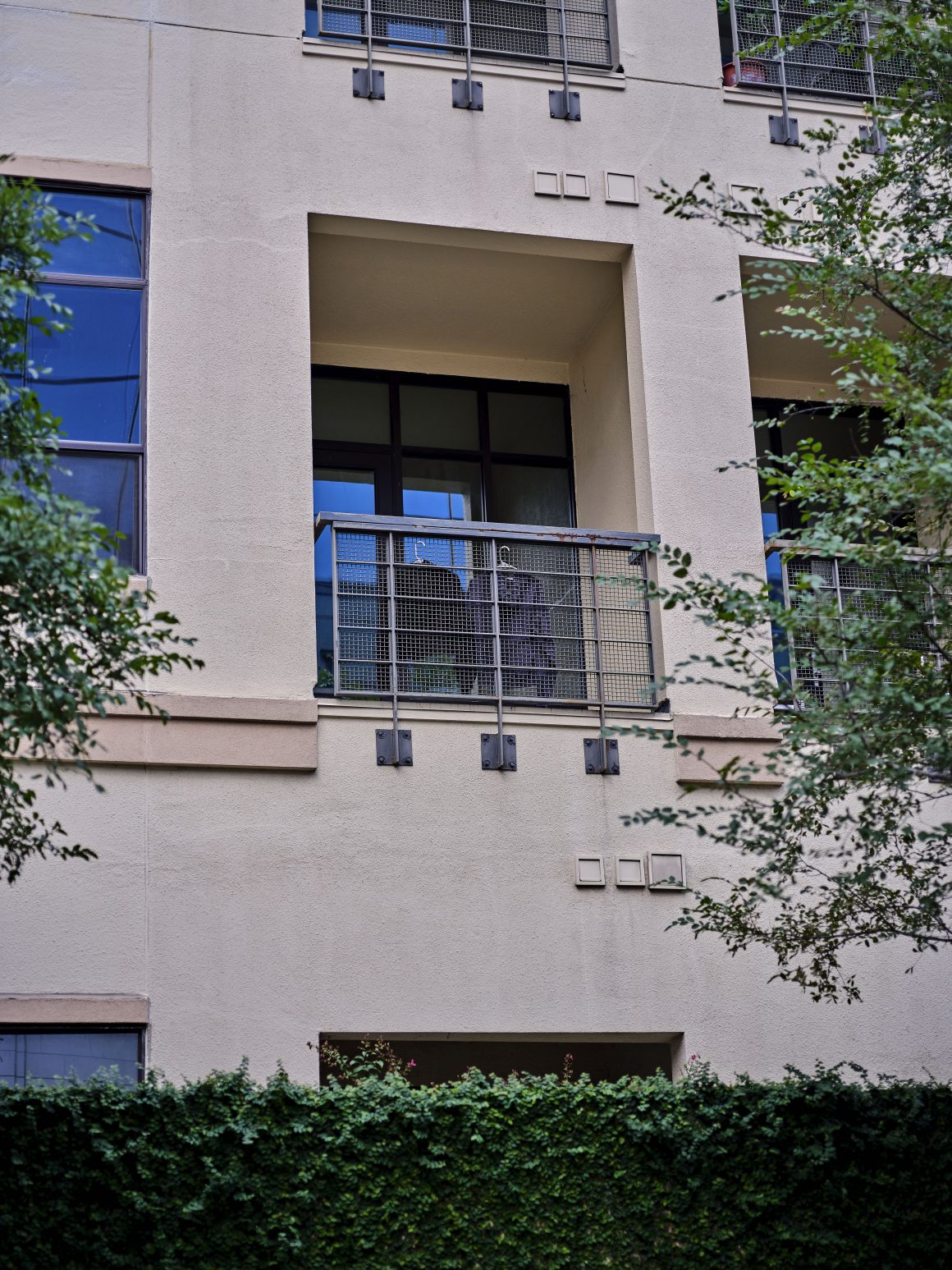
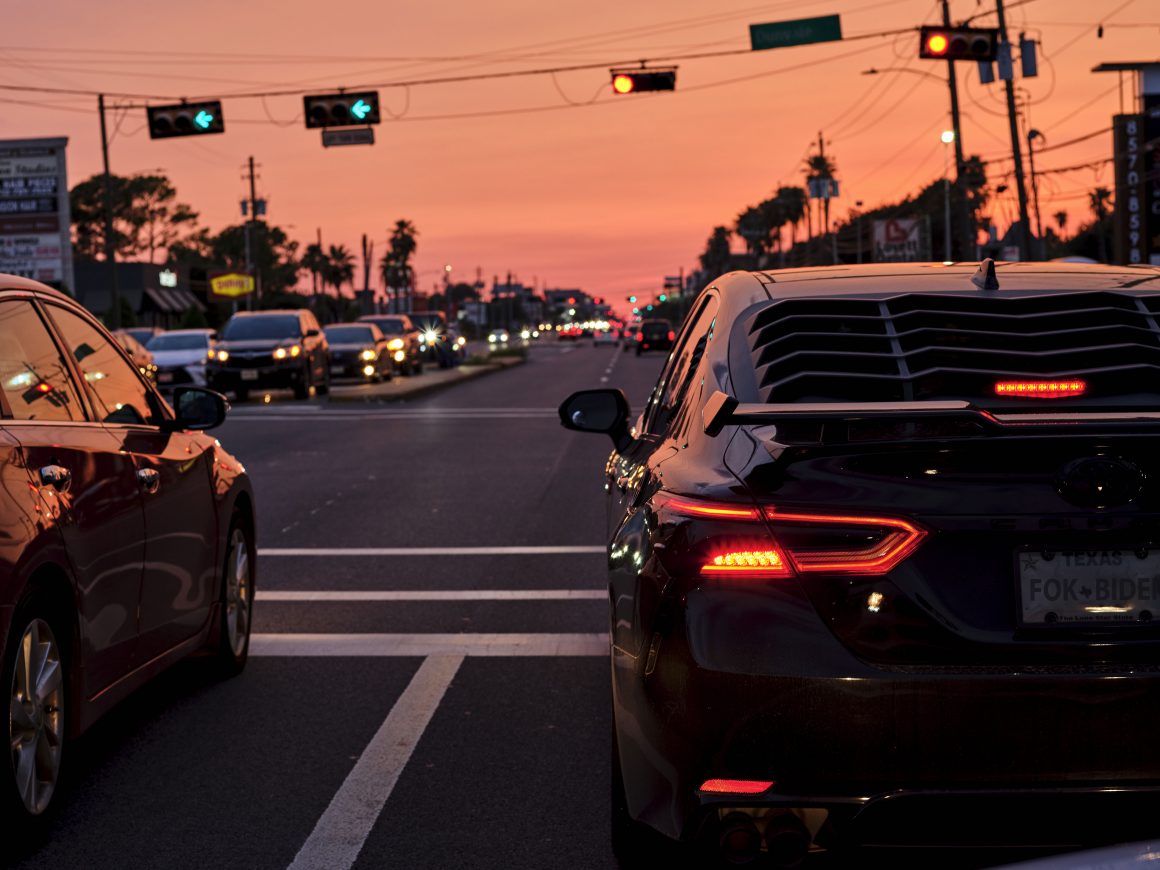
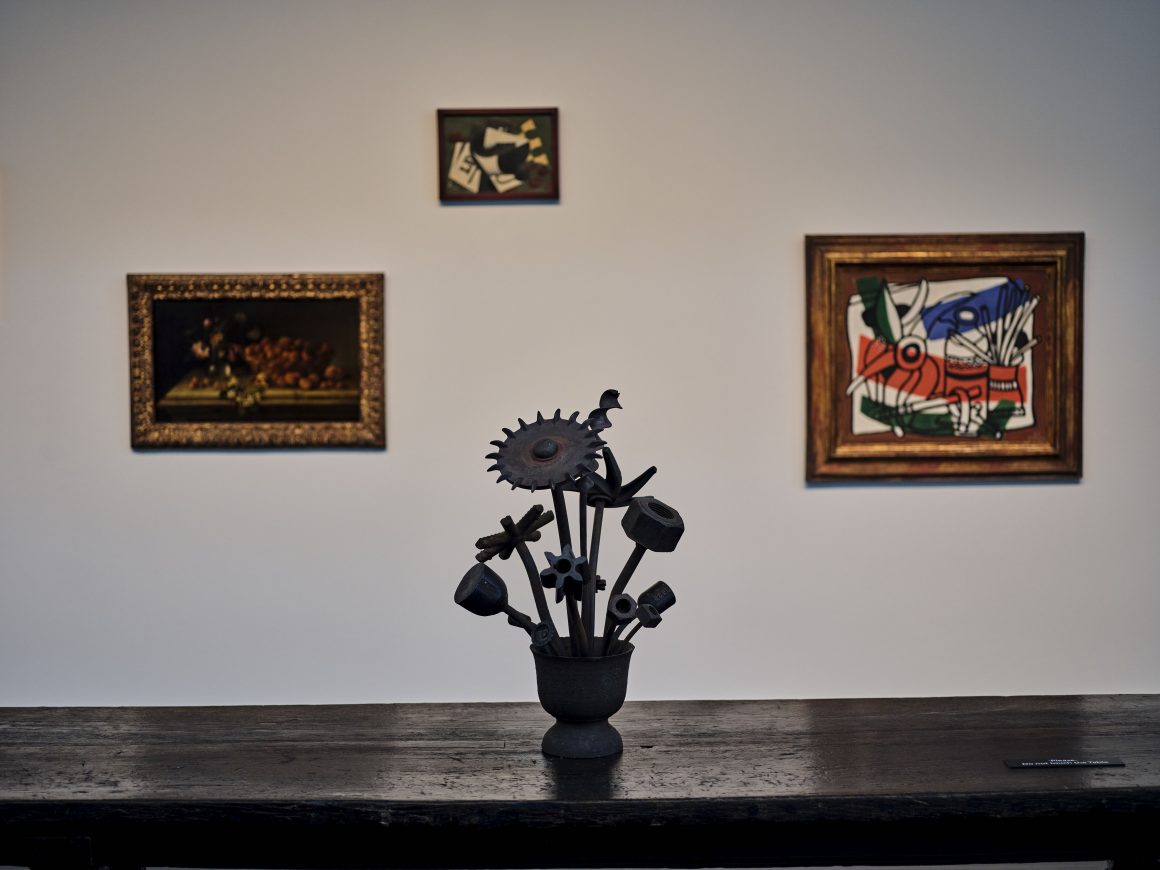
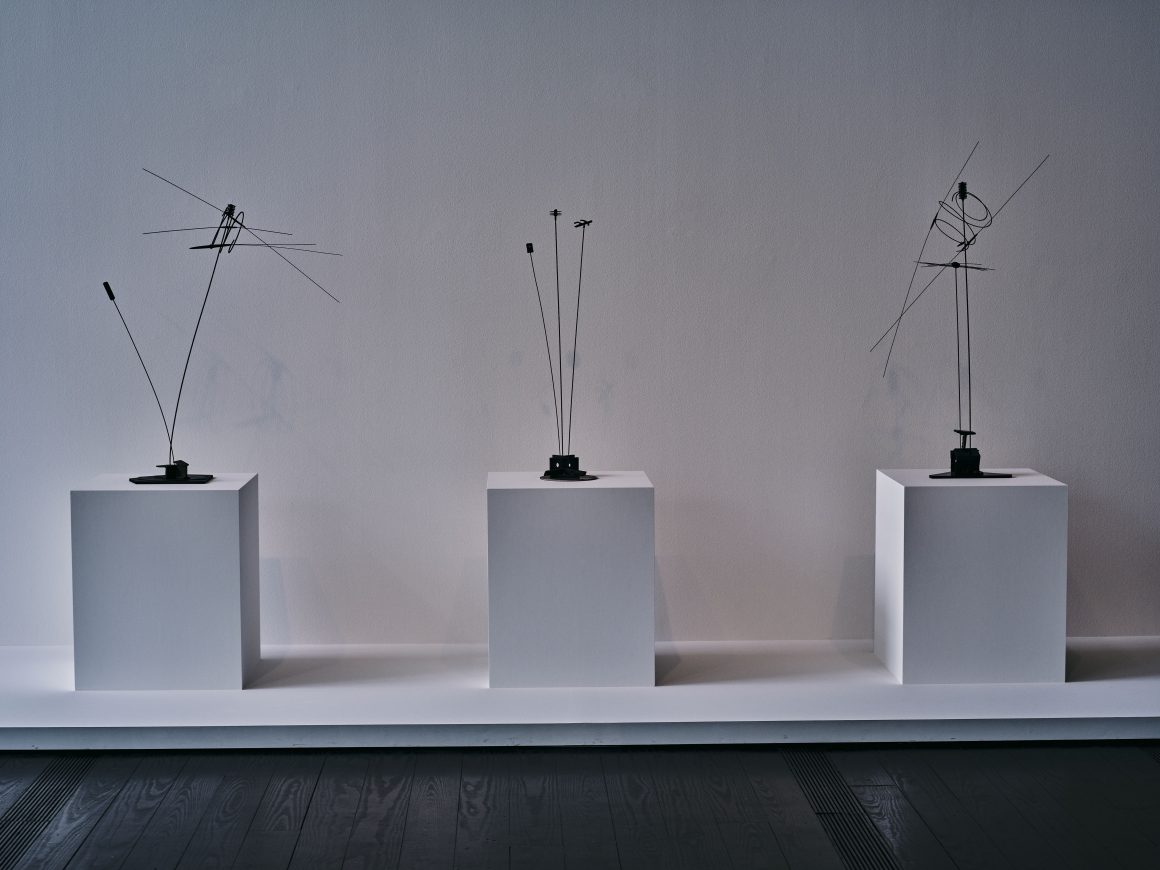

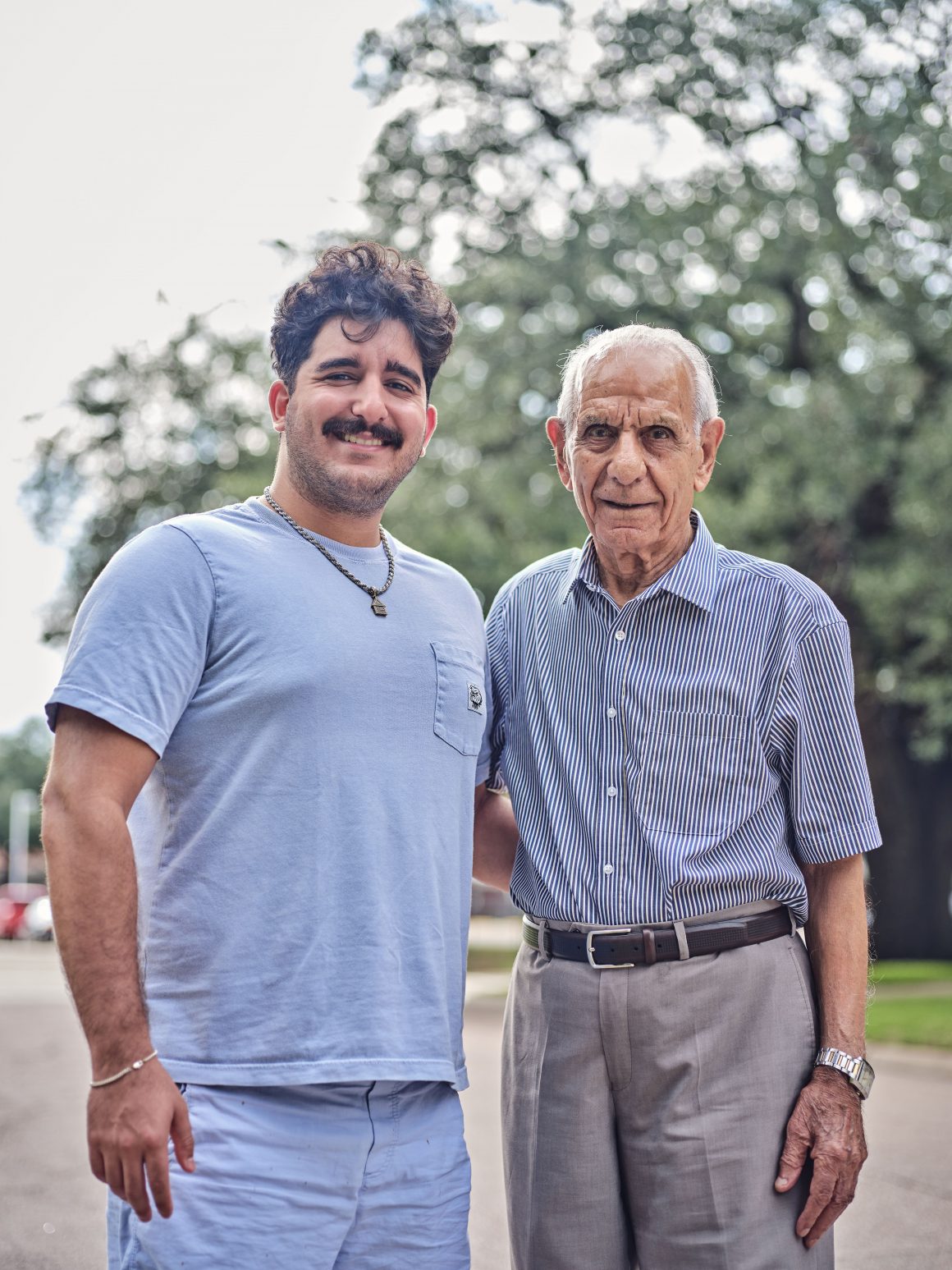
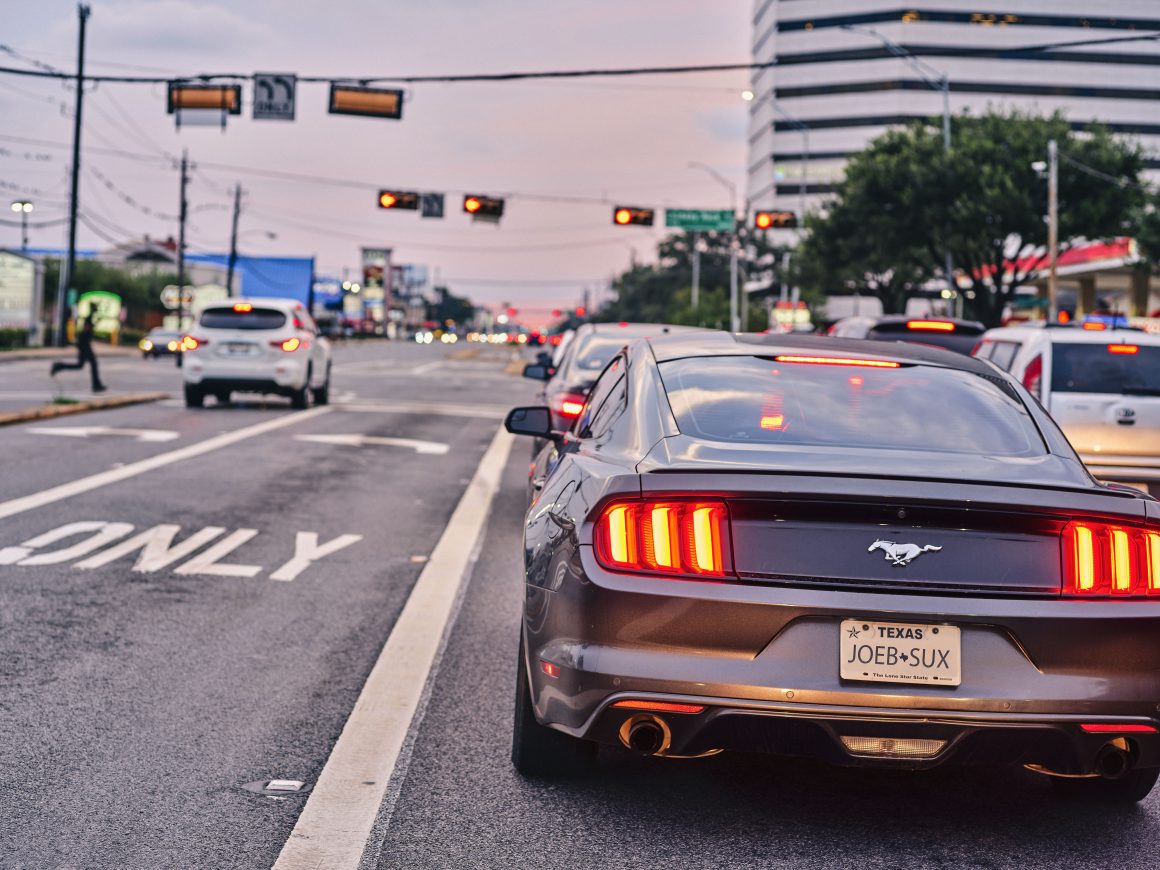
Now take a look at the last two images. The first is the entire image – the second is a cropped version. Not bad… not bad at all…
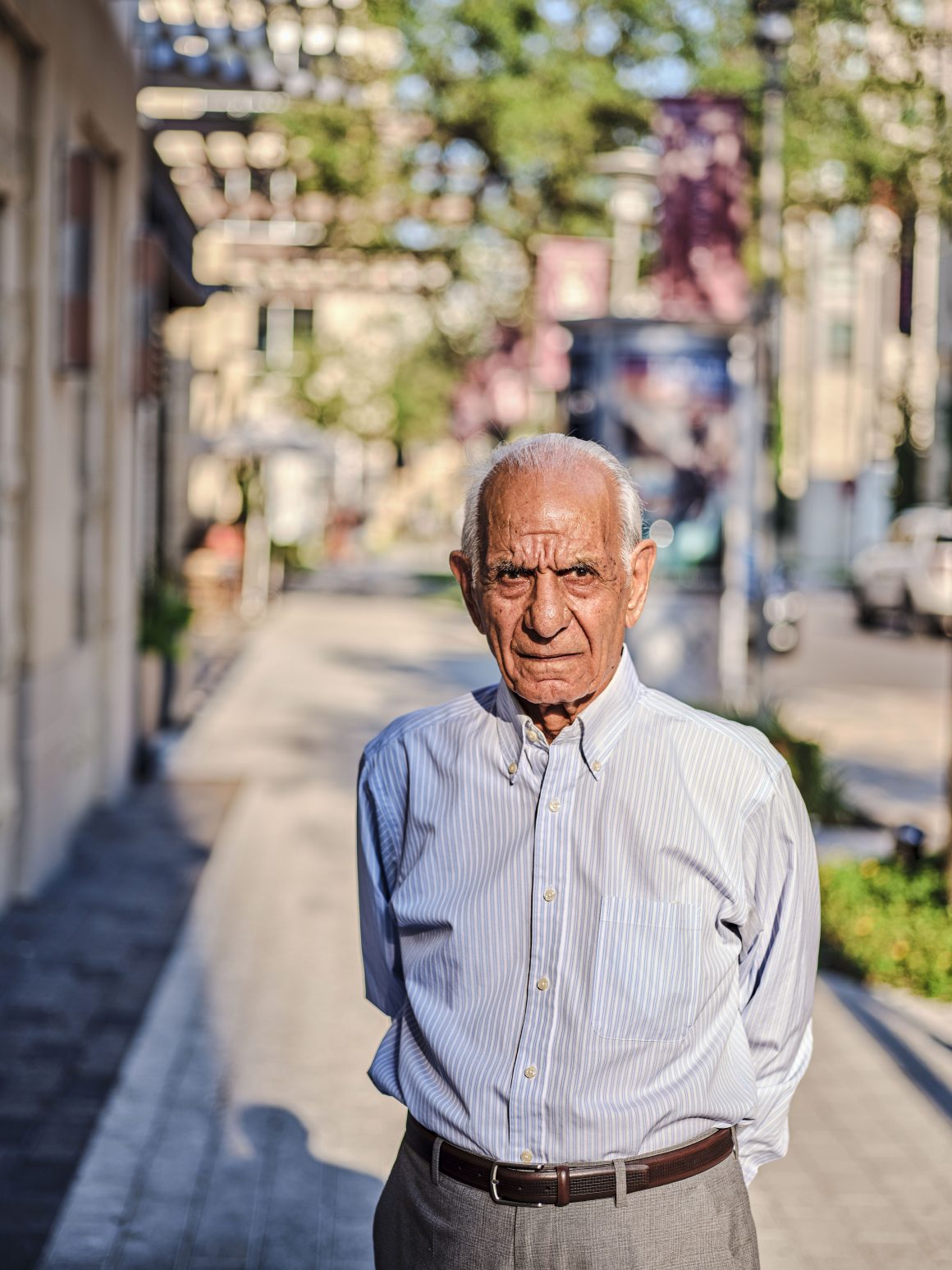
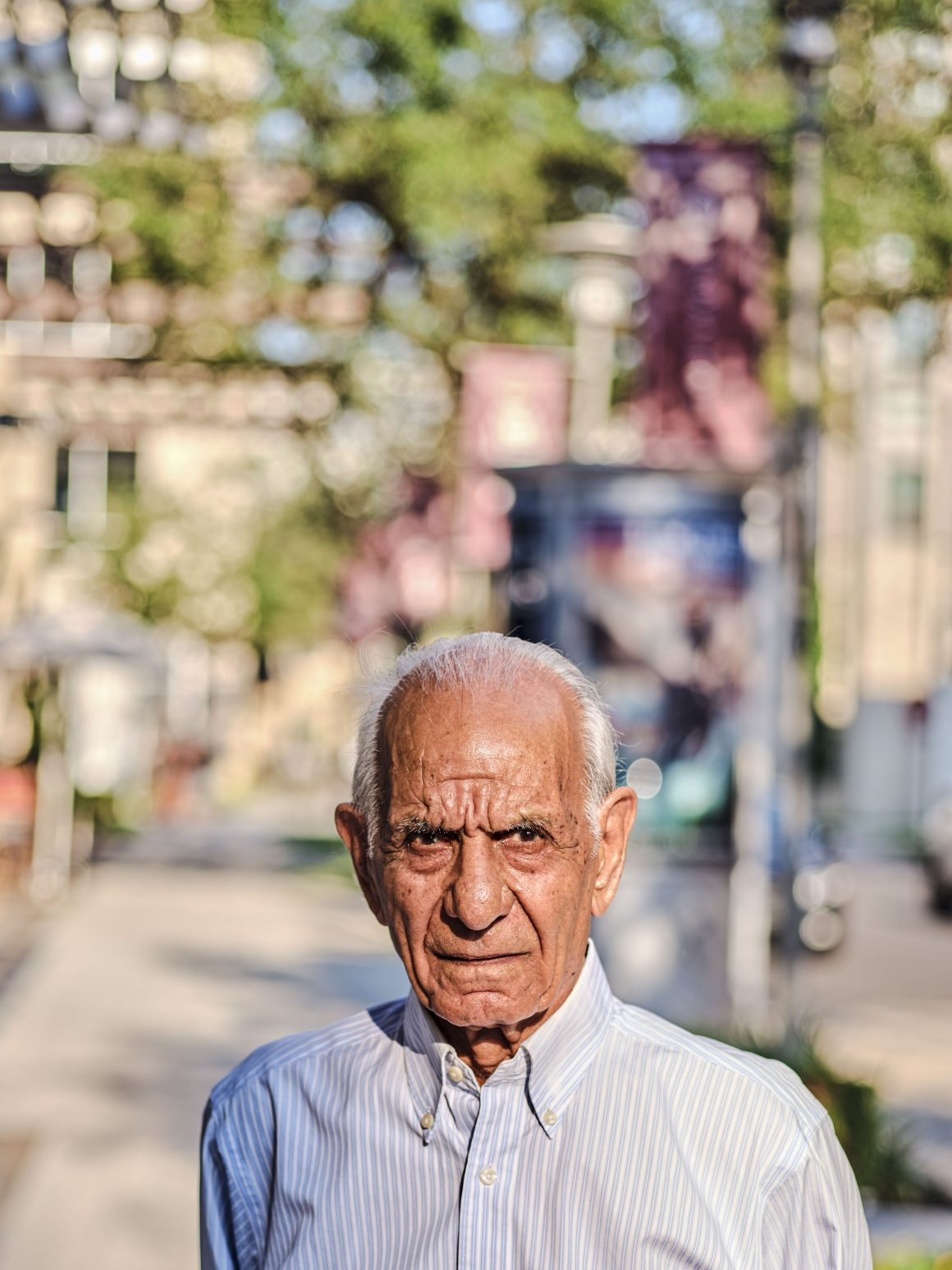
Now I’ll test it in the studio…
Hey, join me for a shoot! I shoot on-location (anywhere… I routinely shoot at people’s homes or businesses), or at my studio or at locations such as those seen here.
SOURCES Kyle McDougall shoots Pentax and Fuji. https://www.youtube.com/watch?v=n8TalMCJc_Y&t=747s And then take a look at images I’ve assembled on Flickr to offer an optical comparison between the two Mamiya 80 2.8 and 1.9 plus the fantastic Pentax 75 2.8, which I came really close to purchasing. https://www.flickr.com/photos/31844136@N05/galleries/72157720961593411/
Thanks for your time. You can find out more about me on this website. I’m Scott Edwards, a hybrid photographer (digital, modern and vintage lens, and a little bit of film) who shoots portraits, lifestyle, commercial and fine art photography. I gladly, thankfully shoot for individuals, families, businesses and organizations. My fine art work is at scottedwardsfineartphotography.com
All images copyrighted. (C) Scott Edwards, 2022.
- By efgimage
- Filed under Stories, Technique, Uncategorized.
- Tagged color, Fujifilm GFX100S, Halloween, Houston, Mamiya, Mamiya 80, medium format, portrait, Portraits, vintage, vintage lens.
- Liked Like this post0 times

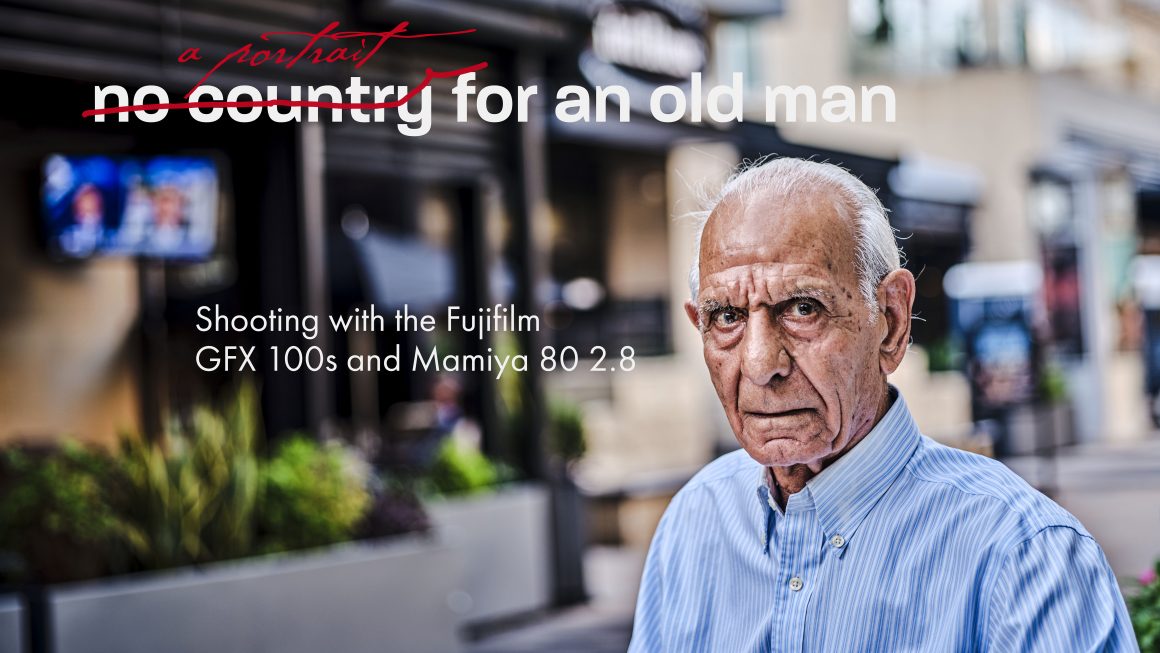
Leave a reply